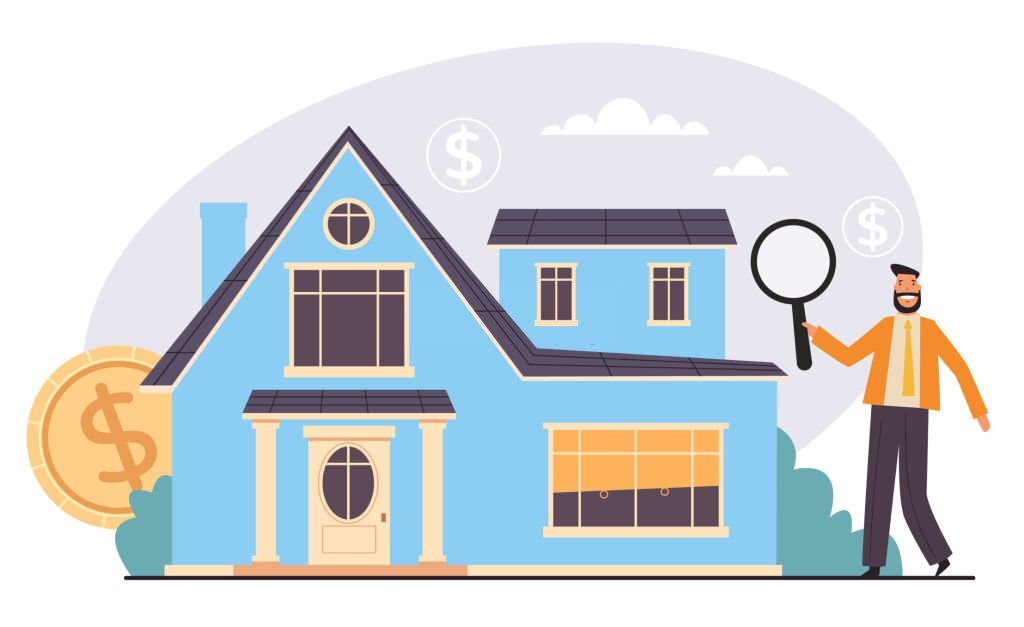When buying a home in Maryland, one of the most crucial steps is hiring a qualified home inspector in Maryland to thoroughly evaluate the property. This investment in professional expertise can save you from unexpected repairs and potentially costly issues down the road. Whether you’re a first-time homebuyer or a seasoned real estate investor, understanding the importance of home inspections is vital for protecting what might be the biggest investment of your life.
Understanding the Home Inspection Process
Let’s talk about what actually happens during a home inspection. Think of it as a comprehensive physical examination of your potential new home. The inspector will methodically work their way through the property, examining everything from the foundation to the roof and all the systems in between. This typically takes about 2-4 hours, depending on the size and condition of the home.
During this time, they’ll check the structural components, electrical systems, plumbing, HVAC, and more. They’ll climb into the attic, crawl through the basement or crawl space, and examine the exterior, including the roof (weather permitting). It’s like having a skilled detective investigate your future home, looking for any signs of existing or potential problems.
Critical Areas of Inspection and Their Implications
Foundation and Structural Issues
When we talk about foundation issues, we’re not just discussing a few hairline cracks. Significant foundation problems can lead to repairs costing anywhere from $5,000 to $50,000 or more. Signs like uneven floors, doors that won’t close properly, or large cracks in walls could indicate serious structural concerns. Understanding these findings helps you make an informed decision about whether to proceed with the purchase or negotiate repairs.
Electrical System Evaluation
Outdated or unsafe electrical systems are more than just an inconvenience – they’re a safety hazard. Findings might include aluminum wiring (common in homes built between 1965 and 1973), outdated fuse boxes, or improper wiring installations. These issues could require a complete electrical system upgrade, which might cost $8,000 to $15,000 for an average-sized home.
Plumbing System Assessment
Water damage can be particularly insidious because it often lurks behind walls or under floors. An inspector might identify corroded pipes, poor water pressure, or evidence of leaks. If your inspection reveals galvanized steel pipes in an older home, you might be looking at a repiping project that could cost $4,000 to $10,000. Understanding these findings helps you budget for necessary updates or repairs.
Roof Condition Analysis
The roof is your home’s first line of defense against the elements, and repairs or replacement can be significant expenses. An inspection might reveal missing shingles, improper flashing, or signs of water penetration. A new roof can cost anywhere from $5,000 to $25,000 or more, depending on the size and materials chosen.
Understanding the Report and Next Steps
After the inspection, you’ll receive a detailed report documenting all findings. This isn’t just a simple pass/fail document – it’s a comprehensive analysis of your potential home’s condition. The report will typically include photographs, descriptions of any issues found, and often recommendations for repairs or further evaluation by specialists.
Prioritizing Findings
Not all issues are created equal. Some findings might be minor cosmetic concerns, while others could be deal-breakers. Generally, findings can be categorized into:
Safety Issues: These need immediate attention and often involve electrical, structural, or fire hazards. Major Defects: Significant systems or components that are near the end of their service life or functioning improperly. Minor Defects: Items that need repair but don’t impact the home’s livability. Maintenance Recommendations: Preventive measures to avoid future problems.
Negotiating Repairs
Armed with the inspection report, you can make informed decisions about how to proceed. You might request that the seller make certain repairs before closing, ask for a price reduction to cover the cost of repairs, or decide to walk away if the issues are too significant. This is where the inspection report becomes a powerful negotiating tool.
The Value of Professional Inspection Beyond the Sale
Remember that a home inspection isn’t just valuable when buying a property. Regular inspections every few years can help you maintain your home properly and catch potential issues before they become major problems. Think of it as preventive medicine for your home.
Making the Most of Your Inspection
To get the most value from your home inspection, consider attending the inspection if possible. This gives you the opportunity to ask questions and learn about your potential new home’s systems and maintenance requirements. Take notes, ask for clarification about anything you don’t understand, and don’t be afraid to ask questions about even seemingly minor issues.
Weather Considerations
Keep in mind that weather conditions can affect what an inspector can examine. For instance, snow coverage might limit roof inspection, and rain might make it impossible to test window leaks effectively. Sometimes, you might need to schedule follow-up inspections under different conditions.
Final Thoughts
A thorough home inspection is more than just a standard part of the home-buying process – it’s an essential investment in your peace of mind and financial security. Understanding the implications of inspection findings helps you make informed decisions about one of life’s biggest investments. Whether you’re buying a historic home in Baltimore or a new construction in Bethesda, the insights gained from a professional inspection can save you from unexpected surprises and expenses down the road.
